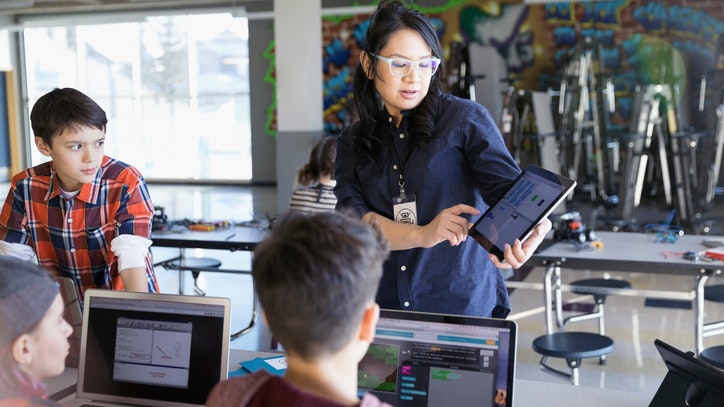Homepage
•
Learning Library
•
Blog
•
New Federal EdTech Plan Drops, Heightens Focus on Design and Use
Expand breadcrumbs
Expand breadcrumbs
- Learning Library
- Blog
- New Federal EdTech Plan Drops, Heightens Focus on Design and Use
- Homepage
- •
- Learning Library
- •
- Blog
- •
- New Federal EdTech Plan Drops, Heightens Focus on Design and Use
New Federal EdTech Plan Drops, Heightens Focus on Design and Use
By ISTE Team
March 1, 2024








